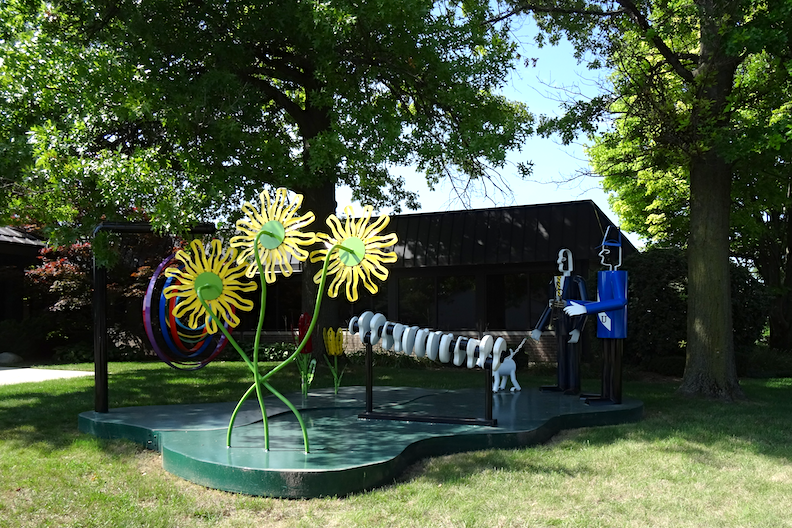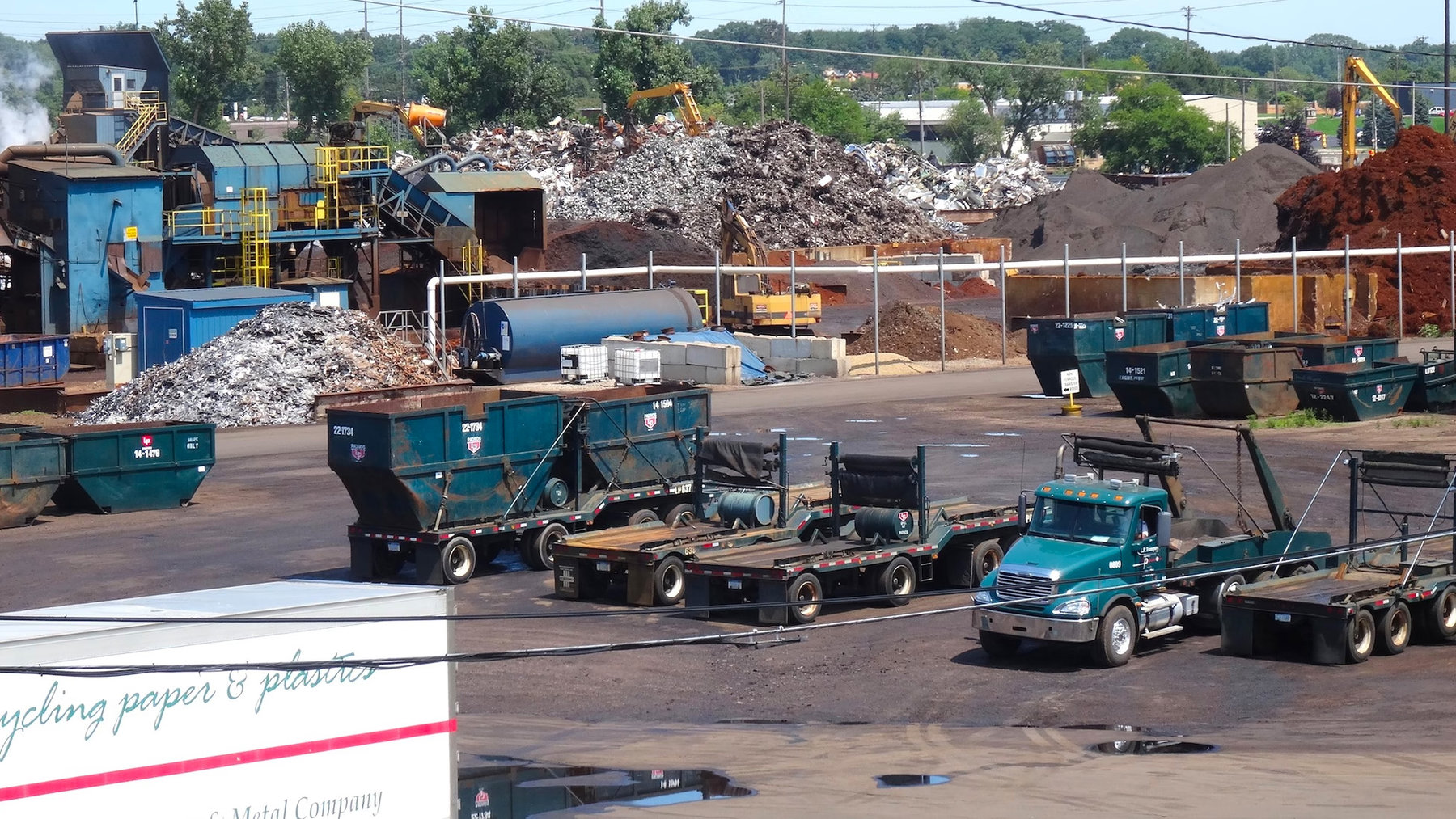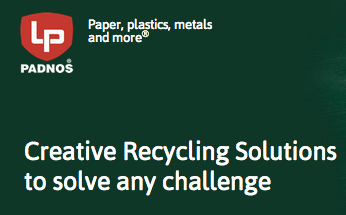My friend Adam Minter, of the Shanghai Scrap blog and also of dispatches for the Atlantic and Bloomberg (etc) about China, has a great new book coming out this fall called Junkyard Planet. Since (as I learned from preview galleys of the book) Adam himself grew up in a scrap-dealing family in Minneapolis, he knows that “junkyard” is a term people in the business shy away from, as opposed to “scrap” or “recycling.” But it’s a strong title, which makes a very vivid and powerful case that scrap merchants like his parents, and others whose activities Adam has chronicled, are among the greenest of the world’s enterprises. They are essentially re-mining materials for newer production usually at a much lower economic and environmental cost than that of cutting more trees or digging more mines.
You can turn to the book for more details, but here is a sample of what he is talking about from another, bigger, family-run scrap and recycling business in our familiar terrain of Holland, Michigan.
But I hadn’t had any idea of what this family business, which now employs well over 600 people, looked like or what it did until Jeff Padnos showed my wife and me around last week. I will refer you to Adam Minter’s book for a careful description of what is actually happening in scenes like the ones below. The main surprise and impression, for novices to the business like us, was:
(a) on the one hand, how elemental, dirty, brute-force, and un-dress-up-able is the process of grinding waste material into its components and then trying to fish out the valuable parts, but
(b) on the other, how very sophisticated this process had become in using electronic, magnetic, chemical, visual, gravitational, and other separation processes to take the slurry of a ground-up car, or of industrial scrap metal, or of whatever you chuck into the recycling bin, and convert it into its re-usable constituents.
Now some photos. Starting with the picture above, showing some of the material moving into and out of the Padnos works. The surprise for the layman is that what looks like sand or dirt in the background is actually recyclable bits of metal, different colors as it oxides. By the way, the gigantic blue contraption in the left background is a car shredder, which reduces cars to tiny fragments whose components can then be separated.
More of the main lakefront site, with what appears to be a big pile of dirt and actually is a heap of metal. What was originally a iron-and-metal scrapyard started at this location because it allowed both water transport via Lake Michigan and then eastbound, and rail transit via Chicago and anywhere.
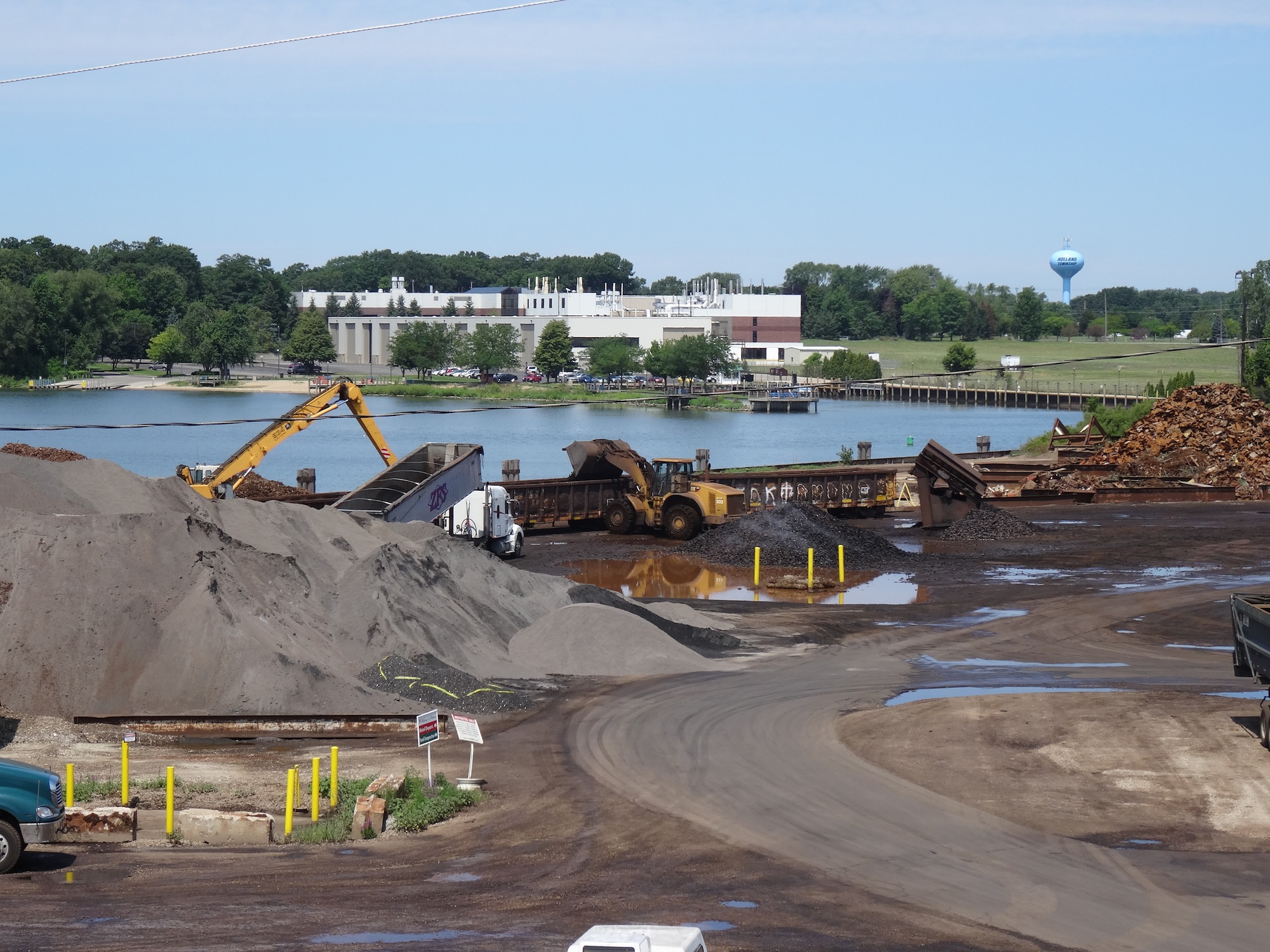
The company really is a presence downtown.
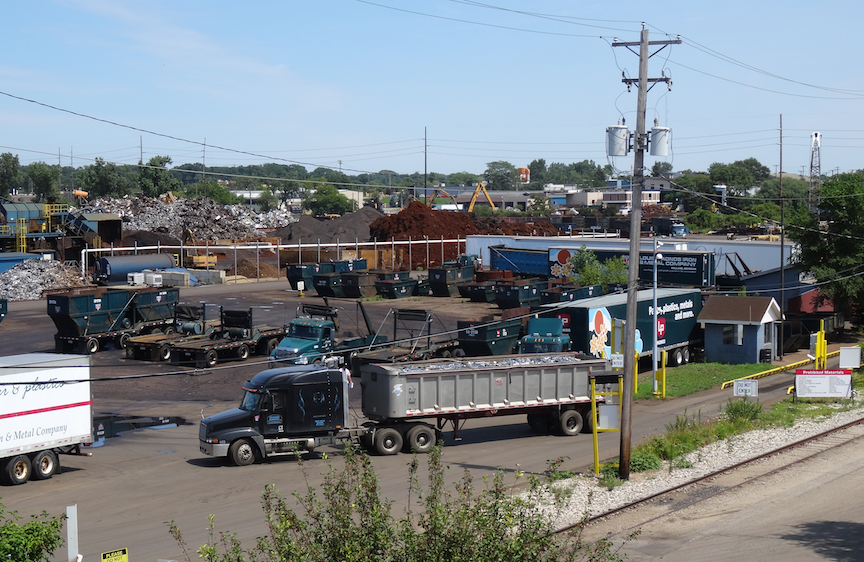
How a shipping container carrying waste industrial/packaging paper looks when it arrives at one of the company’s away-from-downtown recycling facilities.
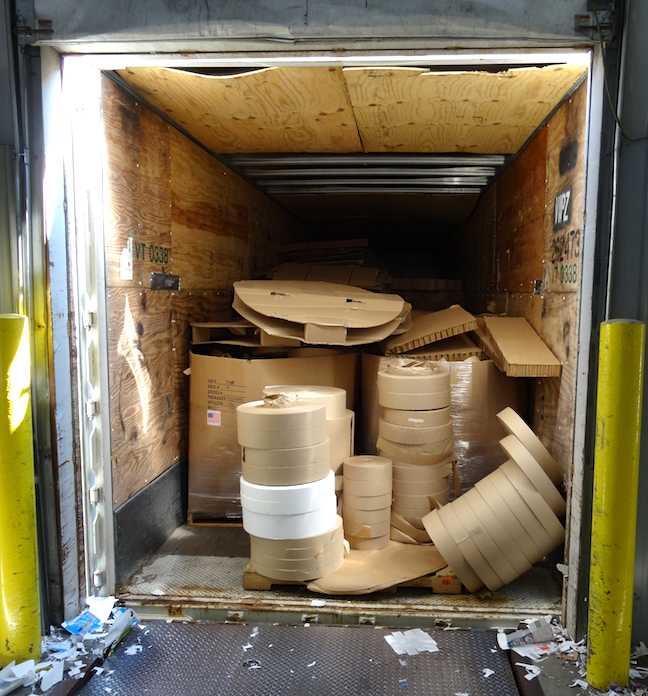
How a container of baled, compressed paper looks when it is ready to be shipped to a paper mill to be repulped. (This was originally white-ish paper, not cardboard or kraft like above.)
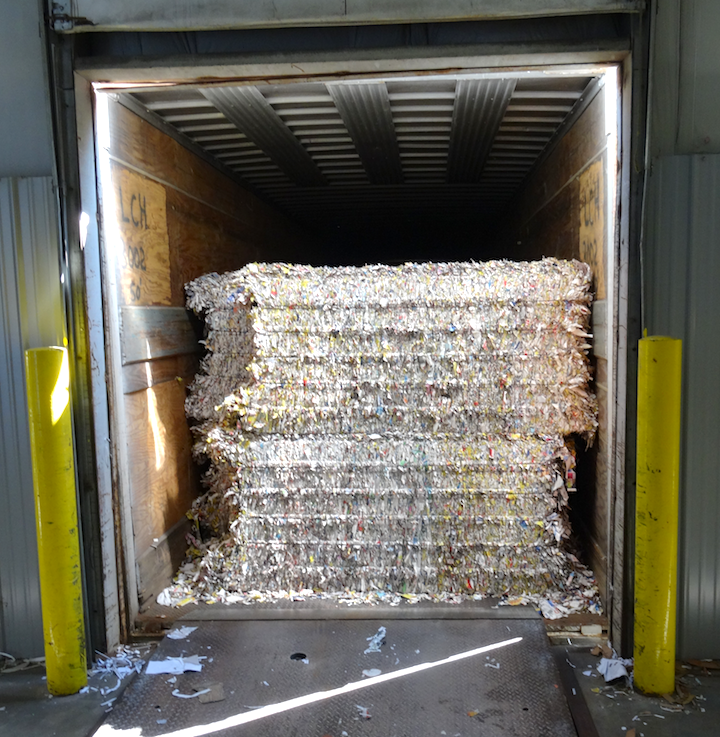
More of the same, on a bigger scale. A giant extruding machine, too big to capture in any kind of normal photo, takes in endless heaps of newsprint, waste paper, unused packaging material, what have you and puts out an endless flow of these compressed bales, very much like a combine and hay-baler.

Bales of specialty paper.

Mixed paper headed into the baler.

Outside the recycling center, mounds of ground-up car remains are fed into the sorting machines, to separate the aluminum, the copper, and assorted other valuable elements. The stuff in the piles was once somebody’s car.
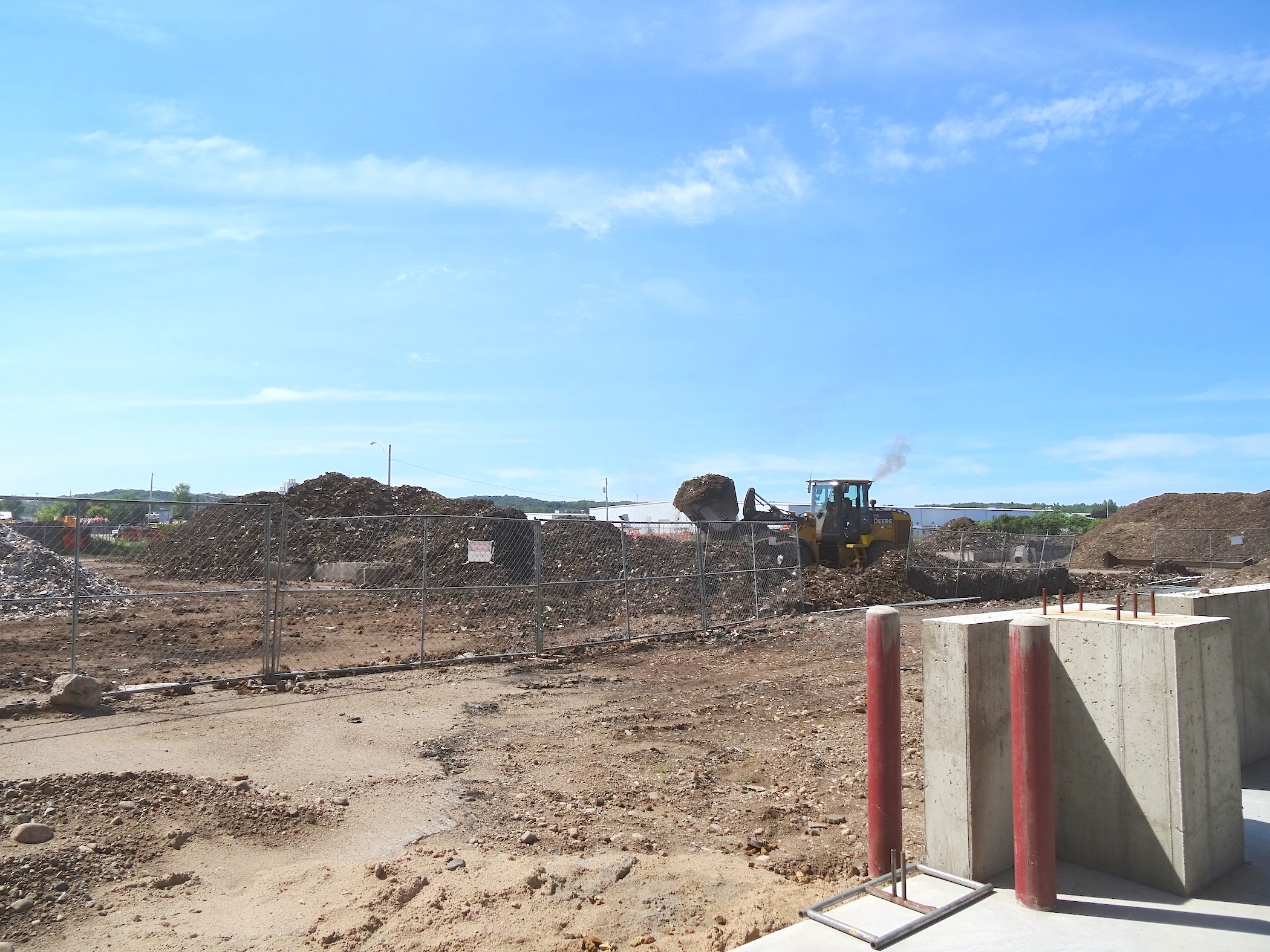
Jeffrey Padnos, in the foreground, inside the factory with what I believe to be the mainly metal components of the ground up cars.
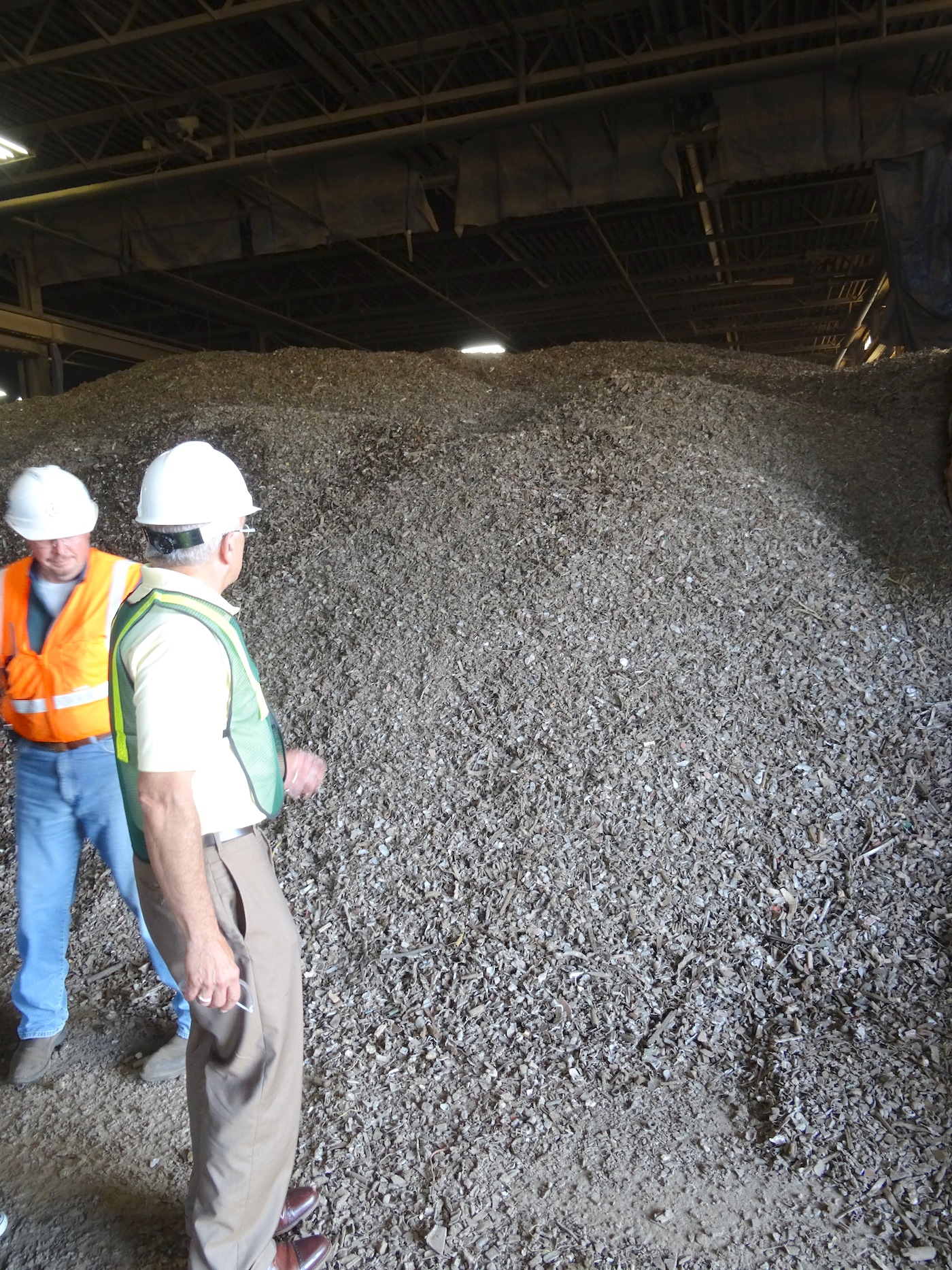
One of countless belts on which sensors detect differences in the material rushing by, and then trigger air jets to puff each fragment toward the correct sorting bin. Other sorting lines use magnetic fields and various means to separate material. It is hard in these few pictures to give a sense of the scale, the complexity, the speed, the Dickensian elemental mechanical nature, but also the effectiveness of the automated sorting machines that eventually separate the mass of “waste” into usable components. Including, as Adam Minter carefully documents, much that is sent to China for further picking-through by hand.
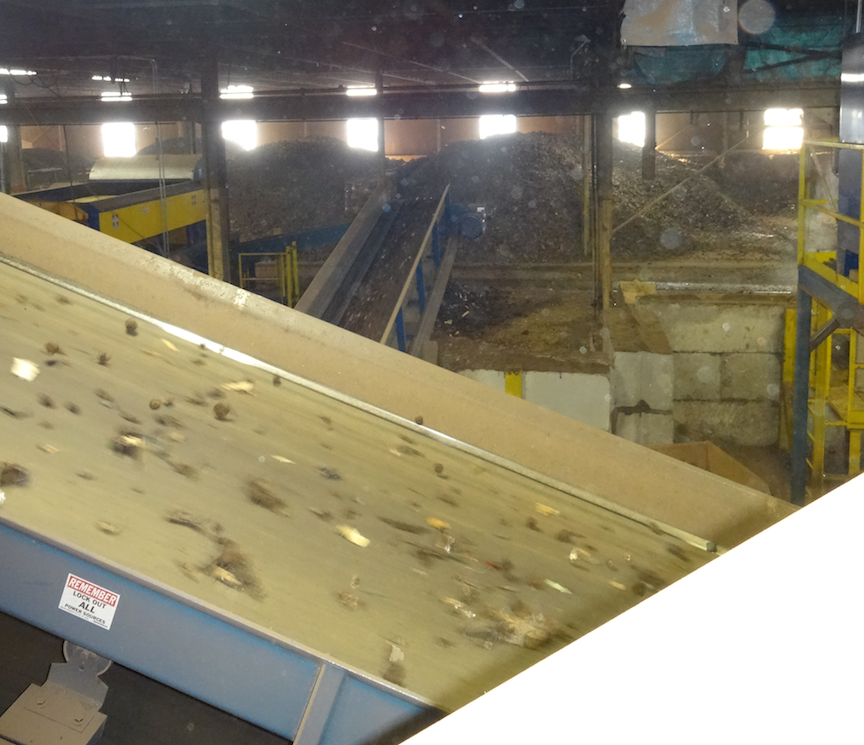
A super-sophisticated new sorter (the blue and yellow thing), as part of an expanded recycling plant the Padnoses are now putting in.
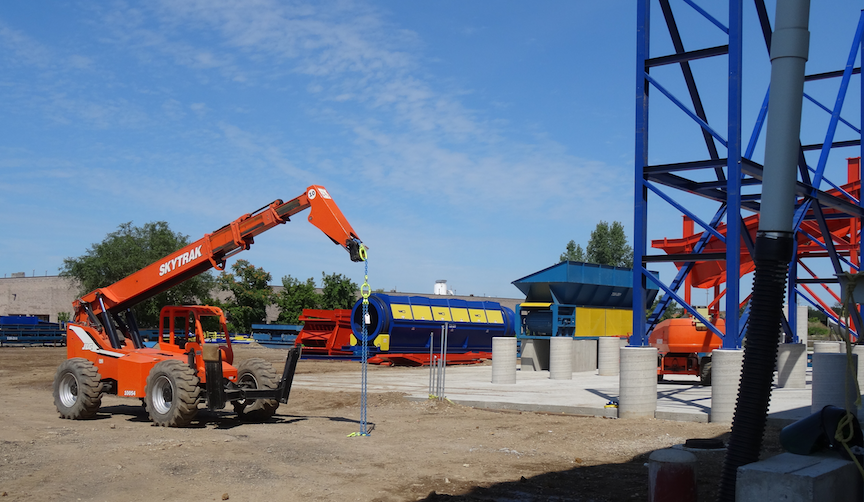
Two things you’re not seeing in these photos: Glass bottles, because they are worth too little. “Glass — it’s sand!” as Jeffrey Padnos put to us. And aluminum cans, because they are worth too much. Most of their economic and energy/carbon-footprint cost has been spent on their original manufacturer. Thus they are picked out of the flow long before they get to recycling works — by streetside scavengers, by other scrap dealers, by anyone who gets a chance at them. You also don’t see plastic, but that is because there is another new, expanding facility where the company is turning plastic waste of all kinds, from dry-cleaning bags to gallon milk cartons, into pelletized raw plastic and other resusable forms. Finally, you don’t see copper — but that is only because I had no viewable pictures of the machines for chopping wires, electric-motor windings, and other copper-bearing scrap into tiny pieces so the copper can be extracted.
“We just happen to be a Jewish family sitting in the middle of this,” said Mitch Padnos [Jeff’s cousin, and one of the company’s third-generation executives] growing up and living in an area that has historically been heavily Dutch. He added that the elder Padnoses expected their children to behave in ways that reflected well on their religion. “My dad was very sensitive,” he said.
As a result, the third-generation Padnoses view themselves as part entrepreneur, part social worker. And it is the latter quality they seem most anxious to pass along to the managers. “I’m becoming more and more missionary like,” said Jeff Padnos. “Doing business right really is like applied religion.”
He said he recently agreed to hire a man with a criminal record. If it works out, he said, “you remember that better than any buy-low, sell-high deal you’ve made.” The company said it never laid off workers.
Finally, one of the many pieces of statuary that Padnos family members have Stuart Padnos, Jeff’s late father, made from scrap, castings, and other byproducts of their industry and have placed all around town.
